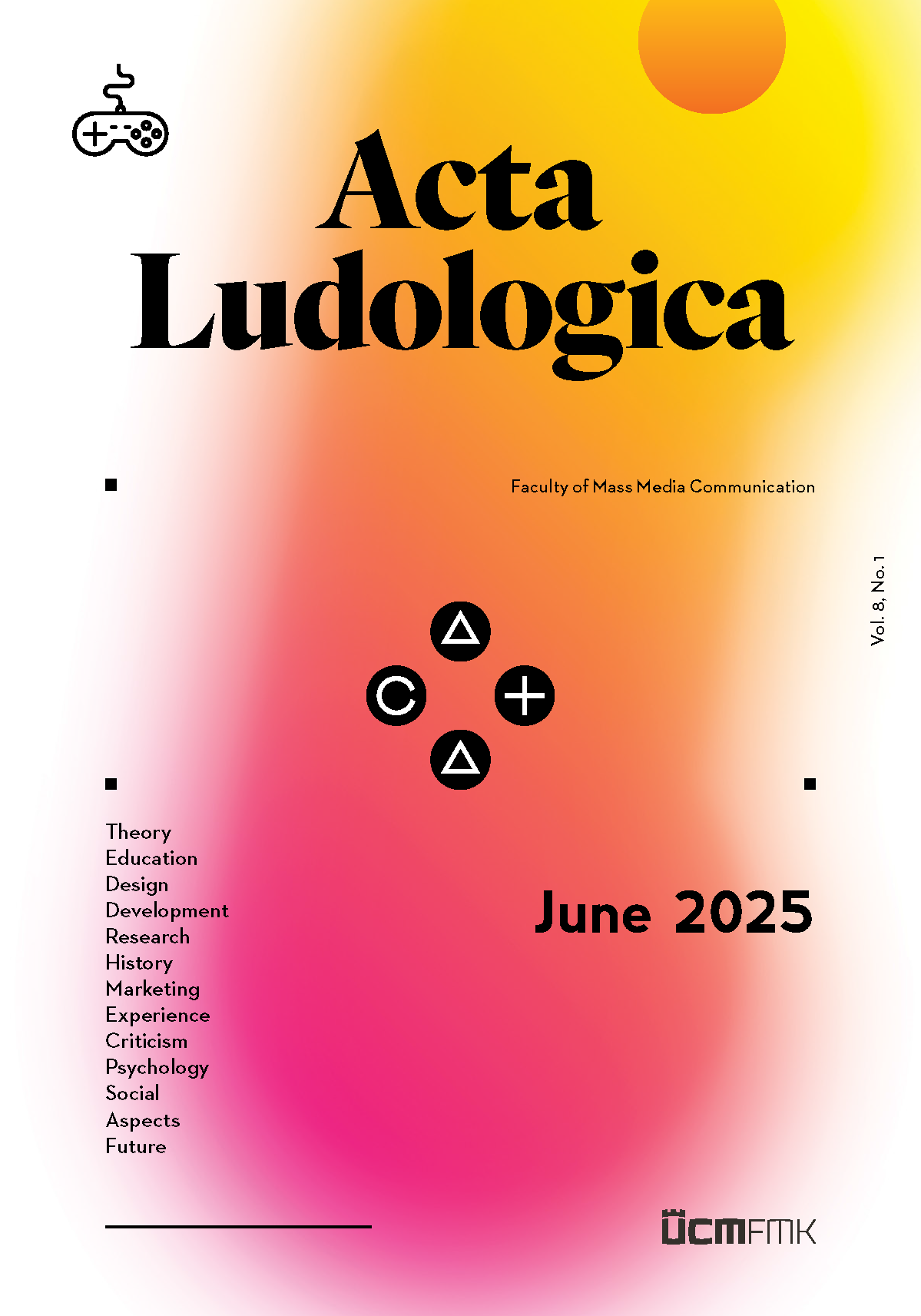ABSTRACT:
Difficulty is the personal experience of a subject facing resistance that prevents them from reaching a goal or desired state. It is an experiential part of everyone’s existence. In digital games, difficulty is strongly linked with designed challenges and obstacles that must be overcome by physical effort, manual skills, coordination, and dexterity. But this widespread perspective is a reductionist categorization of the expressive possibilities of difficulty. Because as experiential, difficulty is aesthetic expression and therefore it is much more than the mere skill challenge. The difficulty experience that emerges from an opposing force between object and subject, between game and player, can be interpretive, poetic, narrative, ethical or atmospheric among other expressive forms. Understanding difficulty from these broad parameters, we pose it as an aesthetic expression, which forges multiple experiences at the intersection between mechanics, fiction, and the player’s performance. This study analyses, drawing from philosophy, postphenomenology, and game studies, some aspects of two contemporary games, The Last of Us Part II and Death Stranding from the view of difficulty as aesthetic experience perspective, considering the significant and discursive tensions beyond purely ludic and mechanical elements
KEY WORDS:
aesthetics, difficulty, digital games, emotions, experience, challenge.

